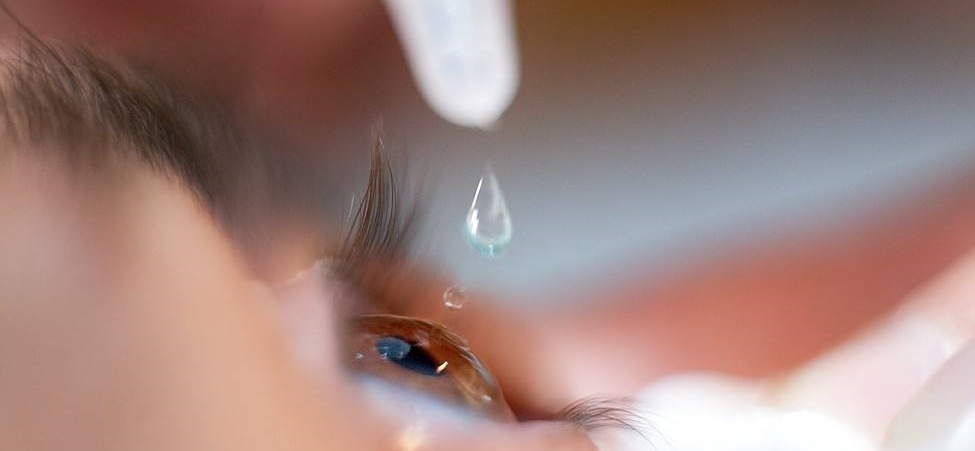
Smoking is already the leading preventable cause of death in the world: tobacco currently kills nearly 8 million people a year worldwide, more than 600,000 of whom are passive smokers. Although society is aware of the consequences of tobacco smoke on the body (cardiovascular diseases, respiratory diseases and even cancer), many people do not know that it can also affect the eyes and cause vision loss.
Toxins inhaled when smoking end up in the bloodstream and are distributed throughout the body, even in the eyes. This can lead to various eye problems, such as cataracts, dry eye, age-related macular degeneration (AMD), diabetic retinopathy, optic nerve problems, thyroid orbitopathy and uveitis. Many of these cases can even lead to blindness if not treated in time.
In addition, tobacco does not only affect the eye internally. Tobacco smoke can also affect the tissues around the eyes. It can cause puffiness under the eyes and disorders of the eyelids, such as irritation and inflammation, as well as yellow eyes due to the contact of smoke on the lens and other skin disorders that can affect the eyes.
One of the highest risk groups among smokers is diabetics. They are more likely to suffer from diabetic retinopathy, which occurs when the blood vessels of the eye are damaged. Smoking is also especially contraindicated for people who suffer from dry eye, since in addition to the lack of tears they suffer from, smoke increases dryness and eye irritation.
Smoking is also especially contraindicated during pregnancy, as it can lead to premature birth and increases the chances of the baby suffering from a visual disorder known as retinopathy of prematurity. This disorder occurs when the blood vessels in the newborn’s retina have not developed properly, which could lead to retinal detachment and, in some cases, even blindness. In addition, it has been found that if the mother smokes during pregnancy, the baby is up to 5 times more likely to get meningitis, along with eye problems and infections.

Smoke exposure also affects children. Exposure to tobacco smoke in both active and passive smokers is one of the best known threats to eye health. However, a new study in Hong Kong has shown that as early as age 6, children can develop eye problems caused by smoke. It causes a thinning of the choroid (a layer of the retina filled with blood vessels) which, as a consequence, puts their vision at risk.

Tobacco smoke is made up of toxins that are harmful to the body, so inhaling it can cause serious health problems. Toxins pass from the lung into the bloodstream, spreading these toxic substances throughout the body, including our eyes. Smoking habit can increase the risk of suffering the following eye diseases:

The good news is that after quitting smoking the risk of suffering from some eye disorders is considerably reduced.
In addition to quitting smoking or ventilating spaces where tobacco smoke has been present, there are some tips we can follow to protect our eyes:
In any case, stop smoking or stop being a passive smoker, may avoid the development of eye diseases in the long term.
Contact us or request an appointment with our medical team.